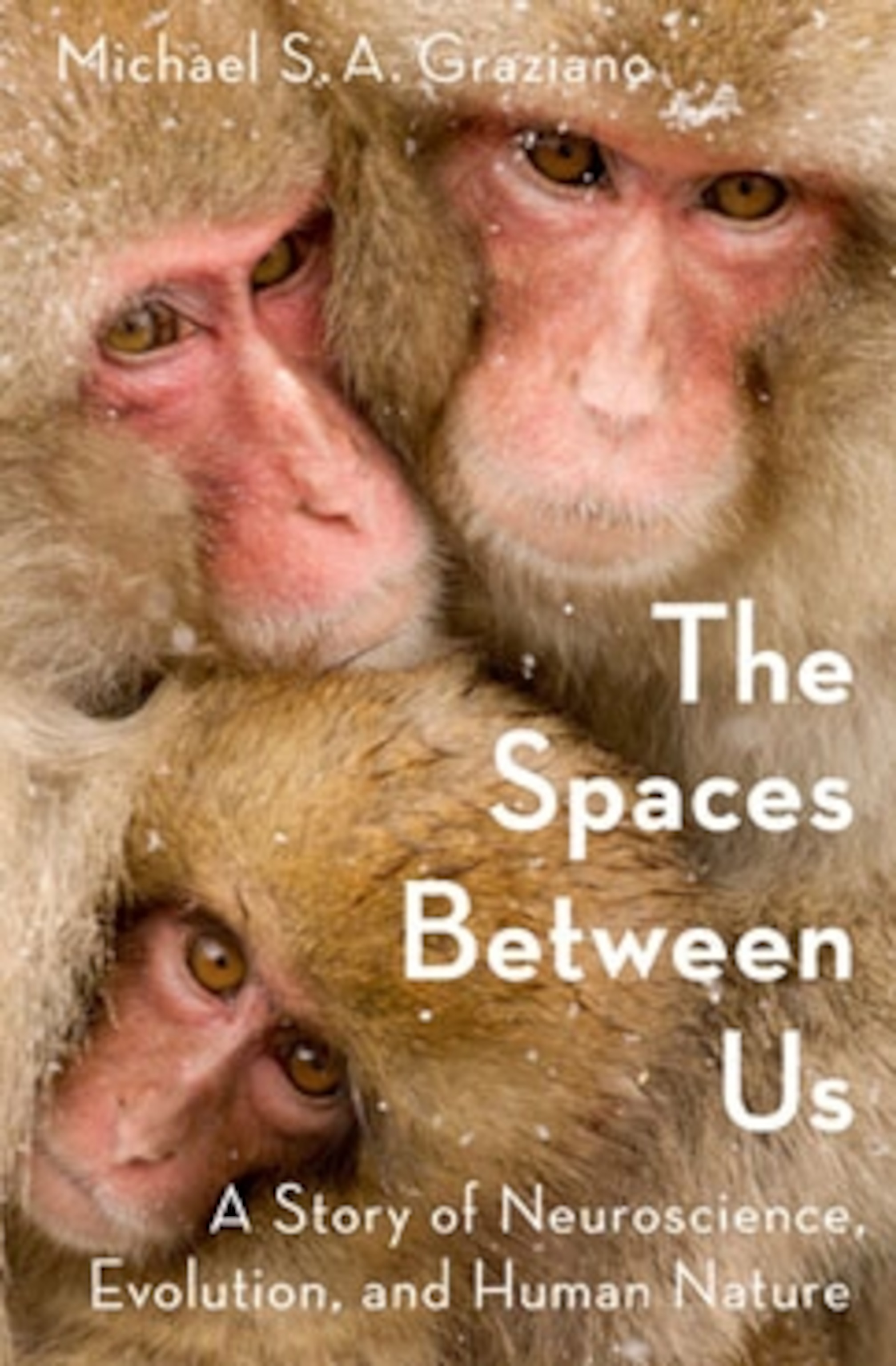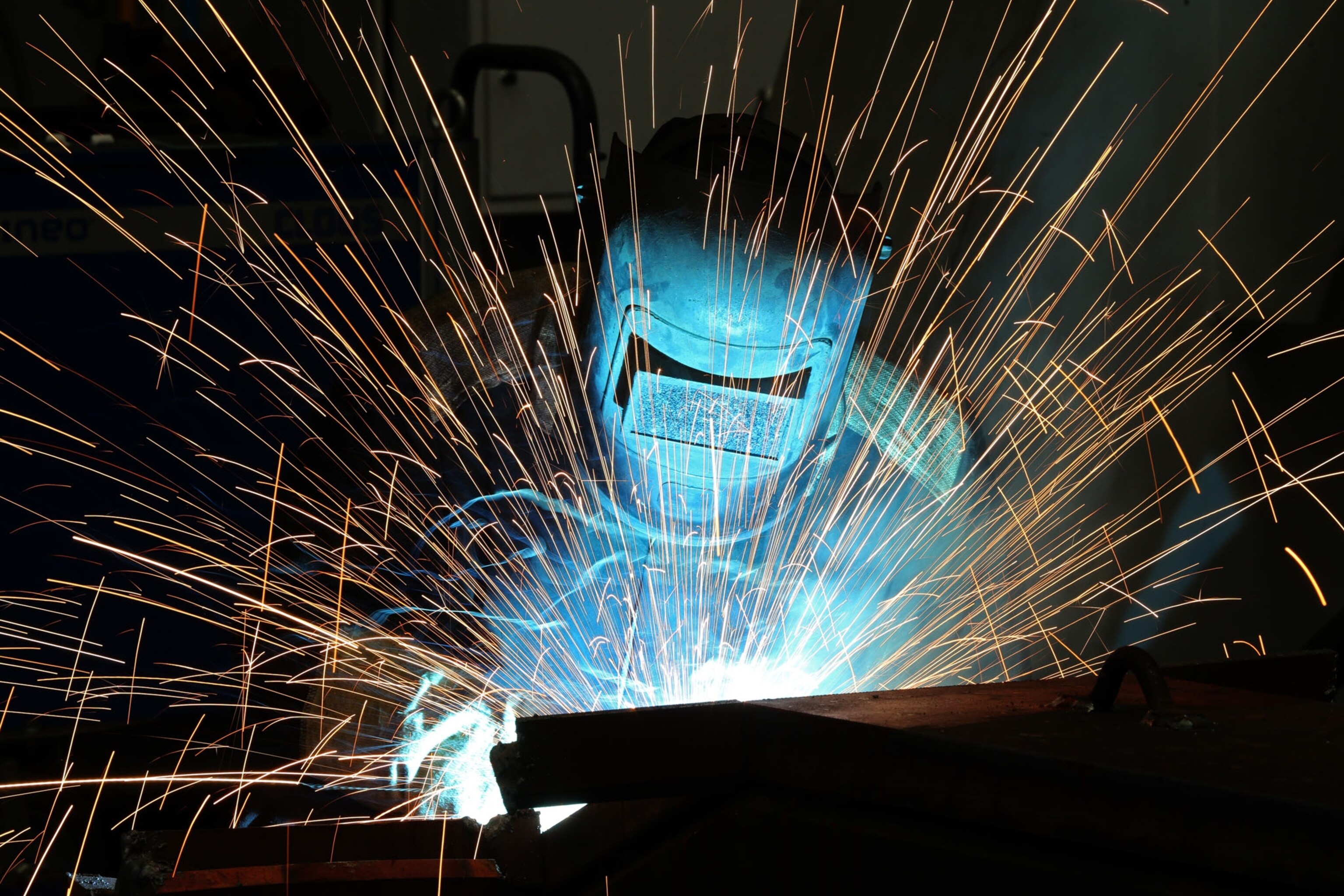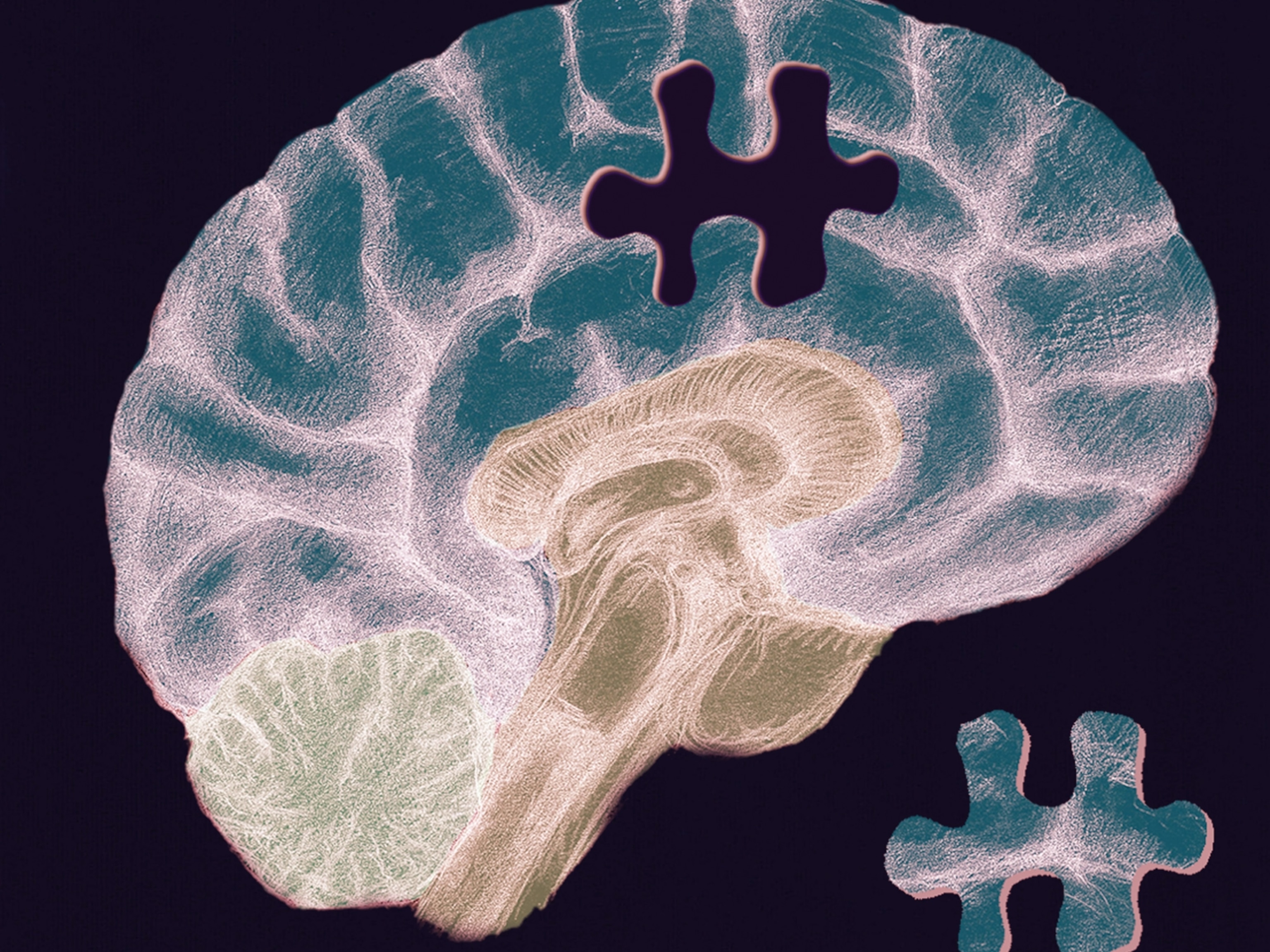
You Need Your Personal Space—Here's the Science Why
Your brain uses it to protect you.
The term “personal space” is relatively new—but that uneasy feeling you get when someone moves too close is ancient. “There really is such a thing” as personal space, says neuroscientist Michael Graziano, author of the new book The Spaces Between Us. “The brain computes a buffer zone around the body.” We have this “second skin” hardwired into our DNA. (Discover how your brain determines what you see.)
When National Geographic caught up with Graziano at Princeton University, he explained Donald Trump’s unusual sense of personal space, why we wouldn’t be able to use tools without this second skin, and how his own family discovered that being born without a buffer zone can have devastating consequences. (Meet the artist whose amnesia taught scientists about the brain.)

The news is full of stories of men inappropriately touching women or invading their personal space. What can neuroscience tell us about these issues?
Not just neuroscience. The psychology of studying personal space, or “peripersonal space” as it is known, tells us there really is such a thing. The brain computes a buffer zone around the body, which is very flexible. It changes in size, depending on context, computed in a manner that’s largely unconscious.
We can’t help it. It’s part of the scaffold of how we interact socially, on which all of our social interactions are built. It has a huge impact on the way we react to each other, understand each other, and feel about each other.
When you talk about inappropriately touching another person, that is a huge invasion of personal space. It takes relatively special social circumstances before it feels comfortable to be touched by someone. Even just sidling up too close to another person can be an invasion of that personal space. It has a very real impact on people.
The invisible second skin is primarily protection. It has a huge range of functions. It can be as basic as protecting you against an actual physical threat, like a predator. It was first studied in the 1950s with animals that had a personal space or “flight zone” around them, which they compute to protect themselves from predators.
It can also protect us in the simplest way from the objects all around us in everyday life, like walking through a doorway without bashing your shoulder on it. We don’t even think about it because we have this system that’s unconsciously monitoring where things are and adjusting our movements. In humans and other animals, it also has this huge social component to maintain a buffer between one individual and another.
It is generally assumed that dominant individuals have a larger personal space. Tell us about President Kennedy’s “30-foot rule”—and why the present inhabitant of the White House contradicts the theory.
The idea that a dominant individual has the larger personal space is probably a mistake. President Kennedy’s 30-foot rule showed up in a book in the 1960s about personal space by Edward Hall. Hall described how President Kennedy was always surrounded by floods of people but there was always a bubble around him of about 30 feet and only a very few people were allowed into that bubble. But this was probably not his personal space but rather the 30-foot nervous, personal space of all the people who were near him. They kept that distance from him.
Trump is very grabby and handsy in general. [Laughs] When you see him with dignitaries, he’s very comfortable reaching out, grabbing people’s hands, putting his arm around them. This is a guy whose defensive bubble is very small. He’s not intimidated by other people.
That’s classic. The idea that higher status or alpha males have a larger personal space is not true. It’s that everyone else has a larger space with respect to that person and therefore clears the space around that person.
Some of your key discoveries about personal space were made using a robot, a Ping-Pong ball, and a monkey. Take us inside those early experiments—and explain how they ended up in Glamour magazine.
The high point of my career, I think! [Laughs] It was the beginning of my neuroscience career, in the late 1980s. I had begun studying neurons and their properties in the primate, monkey brain. You measure their activity in a single neuron, listen to it pinging or clicking while things are going on around the monkey.
We were detectives, trying to figure out what makes each neuron sing; what event is it detecting? We stumbled in a roundabout and accidental way onto the neurons that respond when an object looms toward the body or touches the skin. They were quite specific. One neuron might be specific to the left side of the face, another to the right forearm. If you blocked the monkey’s vision, the neuron would respond when you touch the skin lightly. If you touch its hair, the neuron would go crazy and click at this very high rate 200 spikes per second, like a machine gun.
We had ping pong balls on robots, moving around the animal. When an object moved near the monkey’s face, the neuron fired at a high rate, telling the monkey, “There’s something there.” Then we would turn the lights out—it was completely dark—but the neuron still fired, shouting to the monkey, “That object’s still there! You can’t see it but it’s still there!”
At some point, we speculated that this mechanism would be good for knowing where your lover’s lips were in the dark. And that turned into the Glamour magazine article. “Scientists at Princeton have figured out how to know where your lover’s lips are in the dark.” [Laughs]

You suggest that without the brain’s sense of “peripersonal space” we wouldn’t be able to do simple things, like operate a drill. Elucidate the connection for us.
One of the most practical uses of peripersonal space is that we wrap, or extend, that defensive margin of safety from our peripersonal radar system around extended objects sticking out of our hands. If you use a fork to put food into your mouth, you need a sense of the space around the fork so that you don’t hit or stab things.
This was probably crucial for the evolution of tool use. Humans evolved elaborate stone tool use. Other animals also have a personal, adaptable space. You can train a monkey to use a tool and show neurally that the personal space mechanism stretches around the tool. I’m not saying that personal space caused people to have tool use. There are lots of other factors. But without the personal space mechanism, I think tool use would not have been possible.

Mona Lisa’s smile has bewitched us for more than 500 years. But you suggest that smiling, as well as tears and laughter, are ultimately just defensive reactions. How so?
Of all facial expressions, the smile is the most thoroughly studied. But humans are not the only ones who smile; it’s widespread in the primate world. This is a nonaggressive behavior, a sign of nonaggression. The upper lip pulls up, the eyes squint, the head ducks, the torso hunches. It’s a whole set of defensive behaviors.
Crying and laughter are similar. It can even be possible to confuse them. Laughter seems, in its most primitive form, to be part of play fighting. When you tickle children, they laugh. It’s part of a play fight. But a play fight is still a fight. You’re still impinging on someone’s peripersonal space. The natural reaction is the defensive set: lips up, squinting eyes, even tears coming out, protective of the eyes, and so on. All these are natural reactions during any fight or any situation where something is impinging on your peripersonal space.
After studying personal space in the lab, you became affected in an intensely personal way as well. Tell us about your son’s dyspraxia—and how it reinforced what you had discovered as a scientist.
My son has dyspraxia, which is surprisingly common. About one in 20 children have it. It’s an inability to move in a fully coordinated way with respect to your environment. Some people have described it as knowing what you want to do but having difficulty getting it out in a coordinated way.
There are lots of flavors of dyspraxia but, in my son’s case, it seemed more to have to do with his personal space—understanding objects in the space immediately around the body and how to interact with them. He had a host of difficulties. He tended to bump into things. It was hard for him to learn how to hold a pencil.
It was shocking to us, how much of our ordinary everyday life is built out of personal space. When you don’t have a clear sense of the space around you, it isn’t just that you bump into things, or have trouble learning tool use. You have trouble learning math because you can’t point accurately. The first lesson you learn in school is to point and count for math. You also can’t read well because you have trouble understanding where the book is—where the words are—in relationship to you.
But the social impact was most shocking to us. He would lean and bump against people, stand too close, or barge through, squeezing between people where there wasn’t a space. All the things that, at some unconscious level, bother people socially. People are very attuned to this special social dance. When that goes wrong, people don’t know why, they just don’t like it.
His whole social world came crashing down. His school didn’t know what was wrong but they didn’t like it and expelled him from school. He was six at the time, in first grade, and they thought he was sexually assaulting the other students! Of course, he had no idea what he was doing. We had expert after expert saying, “He needs physical therapy, he doesn’t understand the space around his body.”
We went through a whole court case on that. It taught me that this is probably way more common than we think. Personal space is so under the surface, it’s so unconscious most of the time we don’t notice it. But, boy, when it goes wrong, you notice!
“Don’t invade my personal space” and “respect my boundaries” are phrases we hear a lot today. Are we in danger of becoming too obsessed with the idea of personal space?
No! I think we’re in danger of the opposite! The mechanism of personal space, and the deep discomfort of having that invaded, has been there since before we were human. But today we increasingly live in cyberspace, which has no physical, personal dimension to it. I suspect this is one of the reasons why we have increasing difficulties with social interaction. It’s so much easier online—when you’re not in or near someone’s personal space—to fire off insults or to be incredibly undiplomatic or destructive.
This interview was edited for length and clarity.
Simon Worrall curates Book Talk. Follow him on Twitter or at simonworrallauthor.com.








